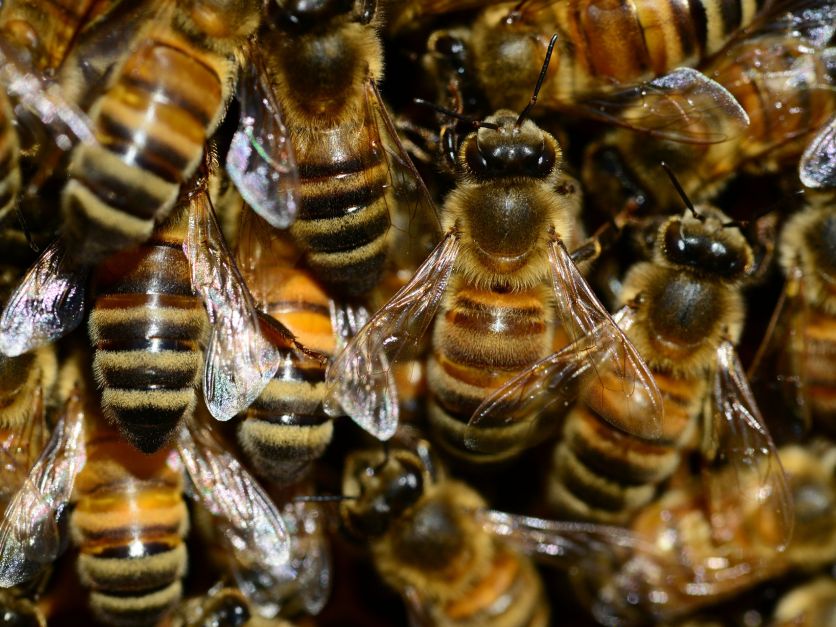The Environmental Protection Agency is asking the U.S. Court of Appeals for the Ninth Circuit to allow continued use of sulfoxaflor while it examines effects on endangered species and develops a more “robust” rationale to support uses of the insecticide.
Vacating registration amendments approved in 2019, as sought by environmental groups and beekeepers in petitions filed then, would result in “removing a pesticide with reduced toxicity from the market and very likely increasing the use of older, generally more toxic alternatives,” EPA said in a brief filed Thursday.
The Ninth Circuit previously vacated the registration in 2015 because of potential harm to bees. EPA issued a new registration in 2016 that cut back on the number of crop uses and added restrictions to protect pollinators, but in 2019 it expanded uses — adding corn and sorghum, for example — and restoring citrus, cotton, cucurbits, soybeans and strawberries to the label. That led to the current challenge by the Center for Food Safety and Center for Biological Diversity.
The court has already rejected an earlier request by EPA to remand the matter to the agency without disturbing the registration.
In its brief, EPA acknowledged it should have conducted “effects determinations,” analyzing the impact of sulfoxaflor on federally listed threatened or endangered species, but said that when it issued the registration decision in 2019, “EPA expressly determined that the pesticide’s ecological effects compared favorably against those of alternative pesticides in that growers would likely use if the registration amendments were vacated.”
In addition, “Vacating the 2019 amendments would almost certainly cause economic harm to the farmers who rely on sulfoxaflor to address pesticide-resistant insects,” EPA said.
Interested in more coverage and insights? Receive a free month of Agri-Pulse West.
The Center for Biological Diversity and Center for Food Safety argued in their opening brief in the case that “EPA’s hazard comparison suffers critical flaws, and its conclusion that sulfoxaflor offers the benefit of better ecological profile than alternative pesticides lacks support in substantial evidence.”
The agency “cherry-picked” for comparison six insecticides that “by EPA’s own admission, [are] some of the most toxic pesticides in the marketplace today,” the groups said. “EPA was well aware that other alternatives to control pests for the same crops exist, but simply chose not to include them in its hazard comparison."
Beekeepers have also challenged the EPA decision in a separate action that was consolidated with the CBD/CFS petition. And Dow AgroSciences, the developer, manufacturer and registrant of sulfoxaflor products, including Transform and Closer, has intervened on the side of EPA. Its brief is due April 29.
Briefing will continue in the case through May, according to the court docket.
For more news, go to www.Agri-Pulse.com.


